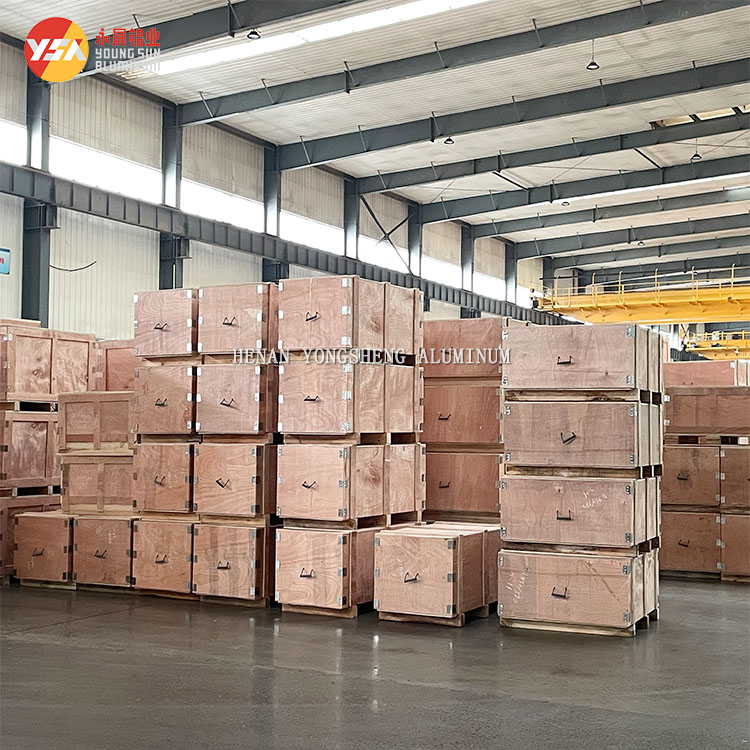Aluminum foil slitting is a critical step in the production process, ensuring that the foil meets quality and performance standards for its intended applications. Here are the key considerations during aluminum foil slitting:
Equipment Selection
Precise Slitting Equipment: Choose high-precision slitting equipment to ensure accurate dimensions. The equipment should have excellent tension control and cutting performance to prevent scratches or damage to the foil surface.
Regular Maintenance and Calibration: Perform regular maintenance and calibration on the equipment to ensure the sharpness of the cutting tools and the stability of the equipment, preventing quality degradation due to equipment issues.

Material Preparation
Material Inspection: Thoroughly inspect aluminum foil rolls before slitting to ensure there are no damages, wrinkles, or other defects. Address or replace any defective material promptly.
Proper Storage Conditions: Store aluminum foil in a dry, dust-free environment before slitting to prevent moisture absorption or contamination.
Slitting Parameter Settings
Proper Tension Control: Adjust the tension control of the slitting machine according to the thickness and material of the aluminum foil to avoid deformation or tearing due to excessive tension.
Cutting Speed: Set a reasonable slitting speed. Excessive speed can cause uneven cutting or rough edges, while too slow a speed can affect production efficiency.
Operational Considerations
Standard Operating Procedures: Operators should strictly follow standard operating procedures to ensure stable equipment operation and a smooth slitting process.
Real-time Monitoring: Continuously monitor the slitting process to quickly identify and address any abnormalities, such as uneven edges, rough edges, or wrinkles.
Product Inspection and Packaging
Quality Inspection: Conduct a thorough quality inspection of the aluminum foil after slitting to ensure that each roll meets the required quality standards. Check for straight edges, smooth edges, and no damage.
Proper Packaging: Package the slit aluminum foil properly to avoid secondary damage during transportation and storage. Packaging materials should provide moisture and dust protection, keeping the foil clean and dry.

Safety Measures
Protective Measures: Operators should wear protective gloves to avoid direct contact with the edges of the aluminum foil to prevent cuts. The work area should be kept clean to prevent contamination of the foil.
Safe Operation: Follow safety operating procedures when handling equipment to prevent equipment damage or personal injury due to improper operation.
Conclusion
Aluminum foil slitting requires careful attention to equipment selection, material preparation, slitting parameter settings, operational practices, product inspection, packaging, and safety measures. These considerations help enhance the quality of slitting, ensuring that the produced aluminum foil meets application requirements and prolonging the lifespan of the equipment. By meticulously controlling every aspect of the slitting process, the market competitiveness of aluminum foil products can be effectively improved.


